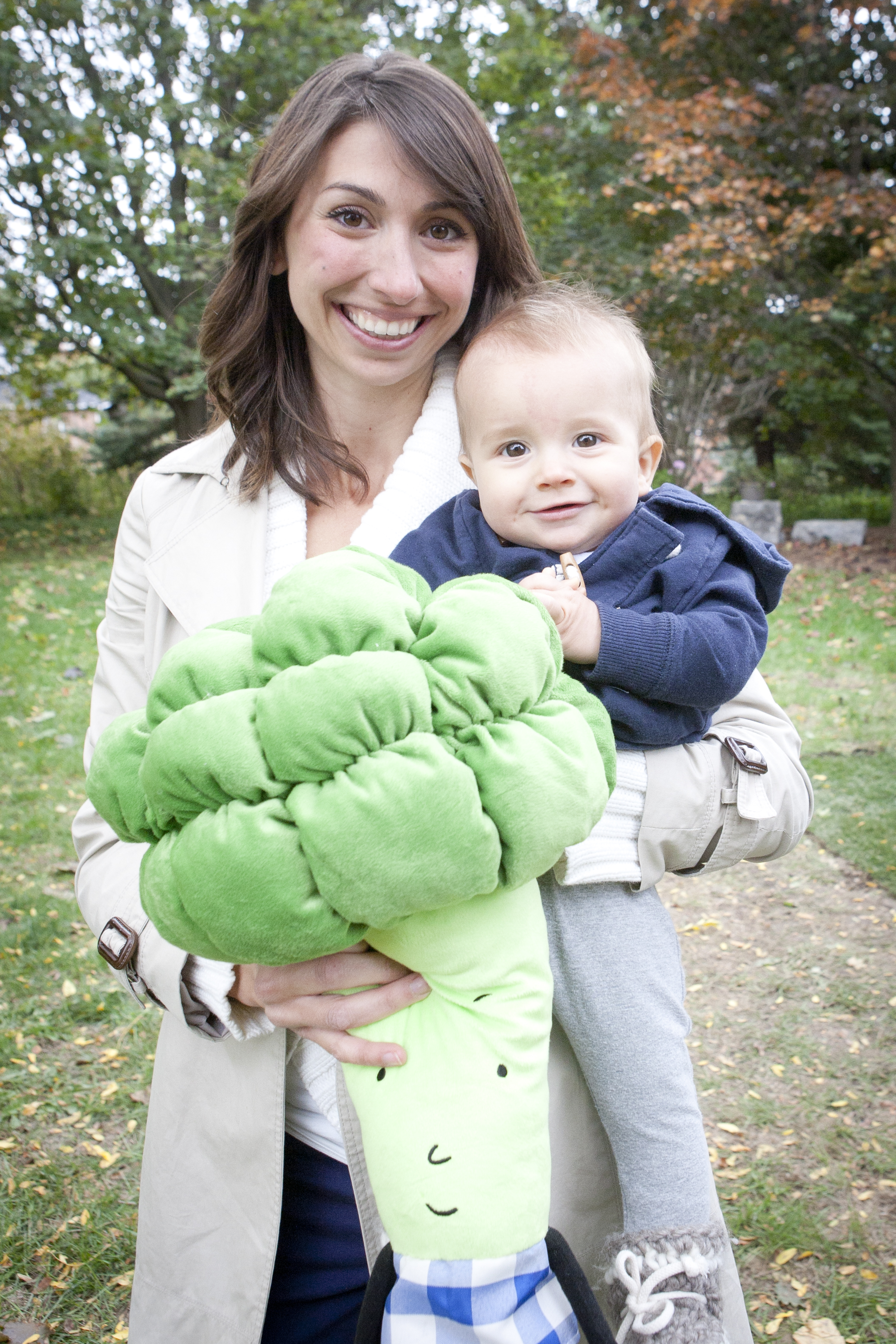 Summer and a trip to my farmer’s market reminds me of a fun, and simple, nutritional tip that I love to share with parents; celebrate, experience and enjoy a rainbow of foods every day for optimal nutrition. This is something kids understand easily, and encouraging them to eat vibrant colours through games and challenges gets down to a level of fun, while teaching important habits for their healthy growth now, years from now and always.
Summer and a trip to my farmer’s market reminds me of a fun, and simple, nutritional tip that I love to share with parents; celebrate, experience and enjoy a rainbow of foods every day for optimal nutrition. This is something kids understand easily, and encouraging them to eat vibrant colours through games and challenges gets down to a level of fun, while teaching important habits for their healthy growth now, years from now and always.
What does it mean to eat a rainbow?
Choose a variety of whole foods every day that come from the full spectrum of colours: red, orange, yellow, green, blue and purple. Nature makes the best colours, don’t try to substitute your rainbow with artificially coloured foods like gummy snacks, popsicles and soda. That’s not a real rainbow!
Fruits and vegetables are naturally vibrant because of micronutrients, like vitamins and phytonutrients. These are essential for good health. The principle of “eat a rainbow” not only encourages you to heat wholesome, it asks you to reach for a variety of fruits and vegetables, to ensure you are getting a full balance of all your essential nutrients. Here’s a small list of the good stuff in those bright colours at the farmer’s market.
Red - Great for heart health, as well ashealthy, supported joints.
Orange - A good dose of vitamin C for immune strength and eye health.
Yellow - A group for digestive wellness, and our skin.
Green - Another great colour for immune strength (think less colds!) as well as entire body wellness. Vibrant greens are amongst the healthiest foods.
Purple/blue - Brain boosters! This colour group helps boost our memory. It is also has antioxidant effects for cancer-fighting.
How to eat a rainbow everyday
Challenge your kids to choose a vegetable and fruit from each colour group during your grocery visits. This creates opportunities to try new foods. Find recipes online to help you learn how to prepare and enjoy each selection.
Buy local. Food is it’s healthiest when it is perfectly ripe. The shorter food journey, the more likely you are to receive the freshest picks. Try a Community Supported Agriculture program in your area. Because you receive a new basket of fruits and vegetables each week, you are encouraged to try new foods. In addition to getting the best, you are helping to support local farmers.
Wash fruits and vegetables before eating. Keep them close at hand for easy snacking.
Buy in season to receive the best produce, and the best pricing. There are resources online to help you learn when to buy in your area and you can also see what’s available at your farmer’s market. Start your own garden for the best and cheapest produce. This is also great for kids, as they learn about food science and the importance of caring for the land.
Encourage your kids to play with their food. Yes, you read that right! Try food sculptures and other creations. The more kids contribute to choosing, preparing (and growing) their food, the more likely they are to eat it.
What colourful food are you dreaming of now? I hope I have inspired you to join the Rainbow movement and get vibrant colours into your every day. Enjoy!
Want a Rainbow of Recipes? Download my free guide + fun rainbow game.
Eating the Rainbow Quick Reference Guide(1)









